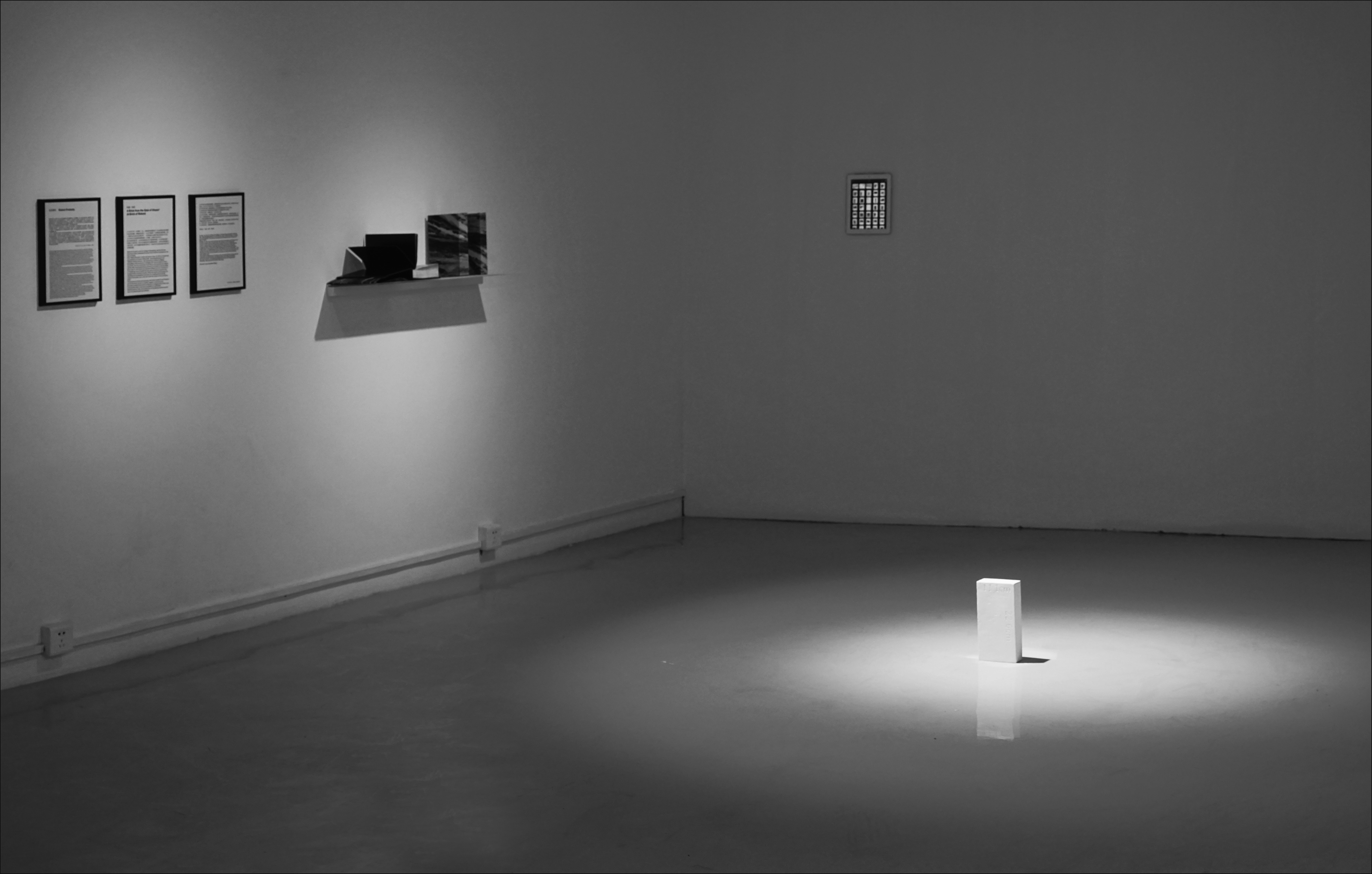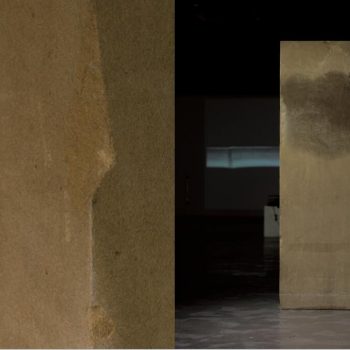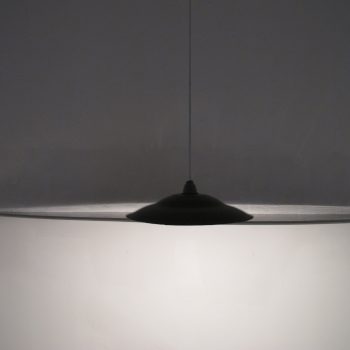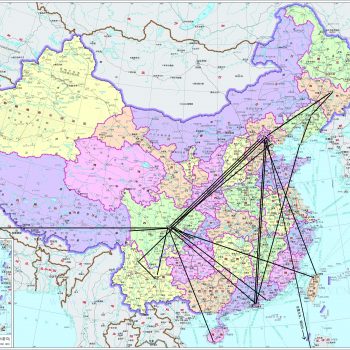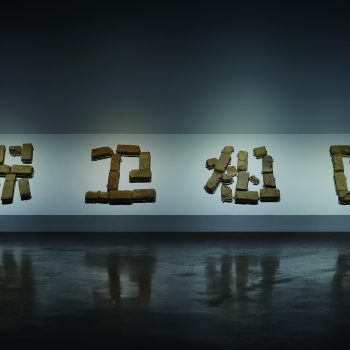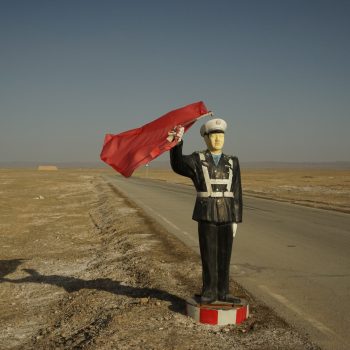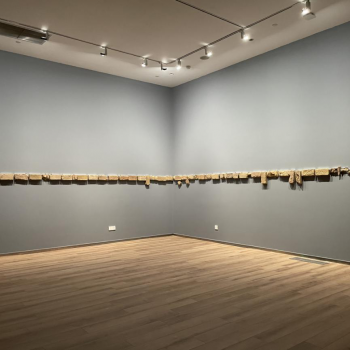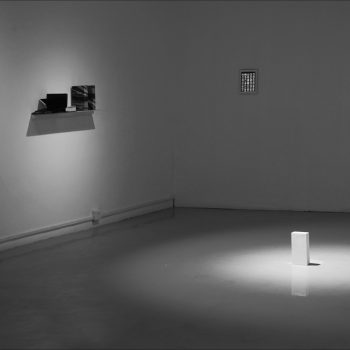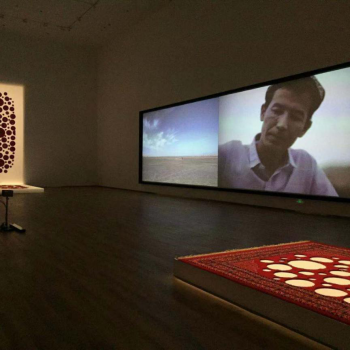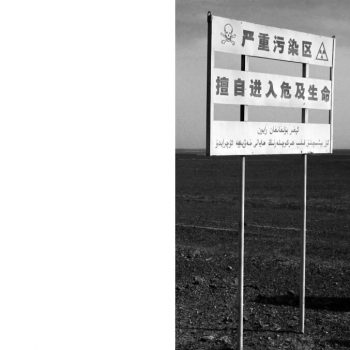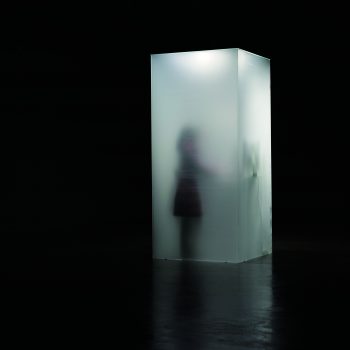Legend
But as gold dances through sky, it brings me to song—Mandelstam
1
Singing is one way to move through the world. Birds sing from treetops. Though a ginko forest isn’t really a forest, it’s a district of Chengdu city in Southwest China. A song amidst ginko forests, our Ginko Philosopher is on a long journey taken essentially by foot or gliding in air.
2
Wind blows north. In China’s Classic of Mountains and Seas, in the chapter “Classic of the Western Wilderness” it says, “There are wild fertile lands, where one can feast on pheonix eggs and quench one’s thirst with sweet dew. The pheonix sings and dances, a hundred beasts gather. Wind blows north and heaven gives forth great waters…”. The Classic of Mountains and Seas is China’s oldest compendium of myth and folklore. South of the Qinling and Ta-pa mountains there is a name on display. As you enter the large exhibition hall, arisen before you is a great white mountain—piled white and mountainous with salt. At the summit of this mountain are wisps of blanche mist given off by a mist machine. Rising and falling. The name of this mountain is Gangren Boqi Mountain. Majestic summit, with many gods and sacred places. There are multitudes of its gods in Tibetan Buddhism and Bon, as well as Hindu gods of creation and destruction. Nobody has ever attempted to summit. I was once torn apart by the wind between Gangren Boqi Mountain and Lake Manasarovar. All I can recall from the experience are snow, glaciers and a megalithic shadow over me. White snow makes for white salt. As mist descends, bits of the salt melt. The mountain’s grandeur shrinks ever so slightly. As this continues, theoretically the mountain will disappear. Mountain becomes sea, as a mountain of salt creates a salty sea. The “Classic of the Western Wilderness” folds into the Classic of Mountains and Seas. Of course, transformation of this scale has never occurred before in Chengdu, not on display in a fine art museum.
Salt at Holy Gangren Boqi Mountain, an artwork by Li Yongzheng, the Gingko Forest Philosopher.
3
Once, when the wanderer was young, he dreamed in visions of candy and revolution. As a child he never dreamed of salt tasting water. A big sweet candy ship. Ta-pa mountain was the cradle of dreams and revolution. The children of children who traipsed this cradle are dreamers and poets. The ship is a double bunk at Sichuan Fine Arts Institute. The wanderer is 18 years old. In 1989 the sweet taste of candy has changed, masculine energy and passion have left behind of themselves only a single dragon bone, similar to The Old Man in the Sea’s ravaged marlin carcass.
4
A black road. The acrid odor of asphalt startles our otherwise content neighbours. They call the police. You have to move. You are always moving. Years pass and you never buy yourself a home. This is the essence of your journey. Wanderers have only their present freedom, and a distant destination. Arrive. Depart.
As it veers north, the dark road stretches into a black cross of broken roads. At this exhibition towers a huge seven meter tall stainless steel stone. Qiang Jie’s pink utopia laid out with small greenish-black tiles, the audience can use Sui Jianguo’s panda bear trashcans…, Zhang Yongjian sends a large stone from Yimeng Mountain. He says, “Black asphalt crossroads are best.”
5
Dried up. A Wasteland. Elliot’s back shadow.
Water drips from one steel plate onto the next below. Underneath gets hotter and hotter, with fire at bottom. Water has no other choice, destined for its own destruction, to evaporate into air. It can never look back, advancing wave upon wave. Much like stalwart revolutionaries and stubborn holders-on, like compassionate rescuers, like a small twig making its way along Paul Celan’s Seine River.
Seven nights are even taller, red color surges into red.
Seven hearts are even deeper, the hand knocks at the door.
Seven roses are even later, the spring splashes.
Springs. Mouth of living water. Zhu Xi’s back shadow. In the artwork Fire and Water, the source of our spring is a plastic hose coming from a faucet.
6
Kua Fu is another legend from the Classic of Mountains and Seas. This giant followed the sun until when in then north he died of thirst. A livid plum blossom was the last thing he ever saw. Kua Fu who followed the sun is the mythological ancestor of knights. All knights who pursue the brilliant light are his descendants. They ride into the setting sun, brandishing four meter long blades. The sun horse now descends the mountain and the line between light and dark encroaches upon our knight who sits astride his horse. With sunlight now half upon the mountain and half behind, the knight is half lit, half in darkness. His blade pierces the wall. The room’s light also shines on just a portion, and it flickers every 50 seconds, dancing light waves along the blade.
7
A stele, a moist stele. Standing in stillness along another face.
A stele is to commemorate, it is the weight of history. Form is minimal, touch is moist. As moisture becomes something new, it permeates and extends, a riverbed of possibility, existence of life, of breath, a unity of life and death.
At the interface of what is bygone and what is yet unknown, where final conclusions and sacrificial ritual are past, the whole written description of both what is past and what is yet to come is rich and mellow, cool and refreshing.
8
A brick is also a stele of sorts. It is historical, commemorates and summons.
Our wanderer’s lair, built with brick, grows into a homeland.
Then one day, bricks piled high, he grows weary of his fixed abode, and returns to the land. Like Wukan, with political sense of land and bound revolutionary fervor; the brick came to symbolize renewal and new departures, where one redefines oneself as an online surfer, the brick surfing through the palms of countless hands, crumbling to return in pieces.
9
Venice is a city made of water. An infinite and vast sky. The beauty of a single morning. Water is most virtuous.
Marco Polo and Kublai Khan were two idol urchins, one speaks, the other listens. 55 told stories, of 55 “invisible cities”, 55 drifting images and metaphors, floating through transparent air, just as fish sail through a window you forgot to close.
Look! Look!, as you navigate the sea, or cross the plaza, is a free-standing structure. At Venice Biennale’s Confronting Anitya exhibition, on the terrazzo flooring, tiny ontological shapes, transparent abstractions at the height of emptiness, just a single bubble surfacing each 15 seconds. And the “knight who doesn’t exist” is reading the Diamond Sutra.
10
This building you built heaves up its wings.
That ebony settles stillness, and your song casts its glance from above across the earth.
Tang Yao
2013, Shangyuan, Beijing
*Tangyao is an art critic and curator, as well as editor of China Sculpture magazine.


